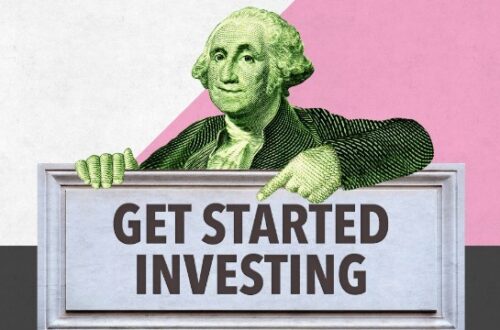
Should Founder CEOs Stay or Step Aside as a Business Grows?
Introduction
The startup journey is often synonymous with the founder CEO—the visionary who takes an idea from napkin sketch to product launch. But as the business scales, the role evolves from innovator to operator, demanding a different skill set. This raises a critical question: Can and should founder CEOs remain in their role as the business matures? The answer is nuanced and depends on the founder’s capabilities, the company’s trajectory, and its operational complexity.
The Founder CEO: Visionary or Operator?
Founders are typically driven by vision, passion, and adaptability—traits essential in the chaotic early stages of a startup. But scaling a business introduces new challenges: managing larger teams, navigating regulatory landscapes, and satisfying investor expectations. These responsibilities often require operational expertise, financial discipline, and process-oriented thinking—skills not all founders naturally possess.
Harvard Business Review found that by the time startups go public, only 50% of founder-CEOs are still at the helm. In venture-backed startups, that number drops to 25% by the third funding round (Noam Wasserman, The Founder’s Dilemma).
When to Reassess the Role
There are several indicators that it might be time for a founder to step back or change roles:
1. Scaling Complexity Outpaces Founder Skills
As companies hit the Series B/C stage, they require leaders with experience managing hundreds of employees, supply chains, and compliance regimes. If the founder lacks this experience—and doesn’t want to learn—it may be time to bring in a seasoned executive.
2. Investor or Board Pressure
Investors often push for leadership changes to de-risk their capital. This is especially true when growth stagnates or metrics fall short.
3. Burnout or Loss of Passion
The founder journey is grueling. If passion fades or health declines, stepping back may serve both the company and the founder’s well-being.
4. Transitioning to a Strategic Role
Many founders thrive in innovation, not in bureaucracy. Taking a role as Chief Innovation Officer, Chairperson, or Head of Product can preserve their influence without compromising operational efficiency.
Real-World Examples
Success in Transition
- Google: Larry Page stepped aside as CEO in 2001, handing the reins to Eric Schmidt, a seasoned executive who scaled the business. Page later returned when the company needed a fresh vision before eventually transitioning to Alphabet.
- LinkedIn: Reid Hoffman stepped down as CEO in 2007, handing leadership to Dan Nye, then Jeff Weiner. Hoffman stayed active as Executive Chairman, guiding strategic direction while professional management scaled operations.
- Netflix: Reed Hastings co-founded Netflix in 1997 and remained CEO until 2023, when he stepped into the Executive Chairman role, handing control to co-CEO Ted Sarandos and Greg Peters. The transition was well-received by markets and signaled maturity.
Staying Too Long
- WeWork: Adam Neumann’s leadership style became a liability as the company prepared to go public. His refusal to cede control and poor governance practices contributed to a failed IPO and loss of billions in valuation.
- Blackberry: Mike Lazaridis and Jim Balsillie co-led the company through its meteoric rise but failed to adapt to the smartphone era. Their resistance to change leadership contributed to a dramatic fall from dominance.
A Founder’s Options: Role Evolution, Not Exit
- CEO with Support: Bring in a strong COO or President to handle operations while retaining CEO title.
- Executive Chair or Founder Chair: Maintain influence over vision, governance, and culture.
- Product/Innovation Lead: Focus on what you love—building and innovating—without the admin burden.
- Board Member or Advisor: Take a long-term strategic seat and mentor the new leadership.
The Market’s View
Markets tend to reward maturity in leadership. A 2018 McKinsey report found that companies with experienced leadership teams outperformed others by 30% in revenue growth and 25% in profitability. Similarly, public investors often view leadership transitions as positive when founders are replaced by experienced operators—provided the transition is smooth and aligned with company vision.
Conclusion: Know When to Lead and When to Let Go
Being a founder CEO is an incredible achievement. Staying in the role should depend on whether the founder can adapt to the growing demands of the business. If not, it’s not a failure to step aside—it’s strategic maturity.
Ultimately, the best founder CEOs know when to reinvent themselves—and when to empower others to lead.





